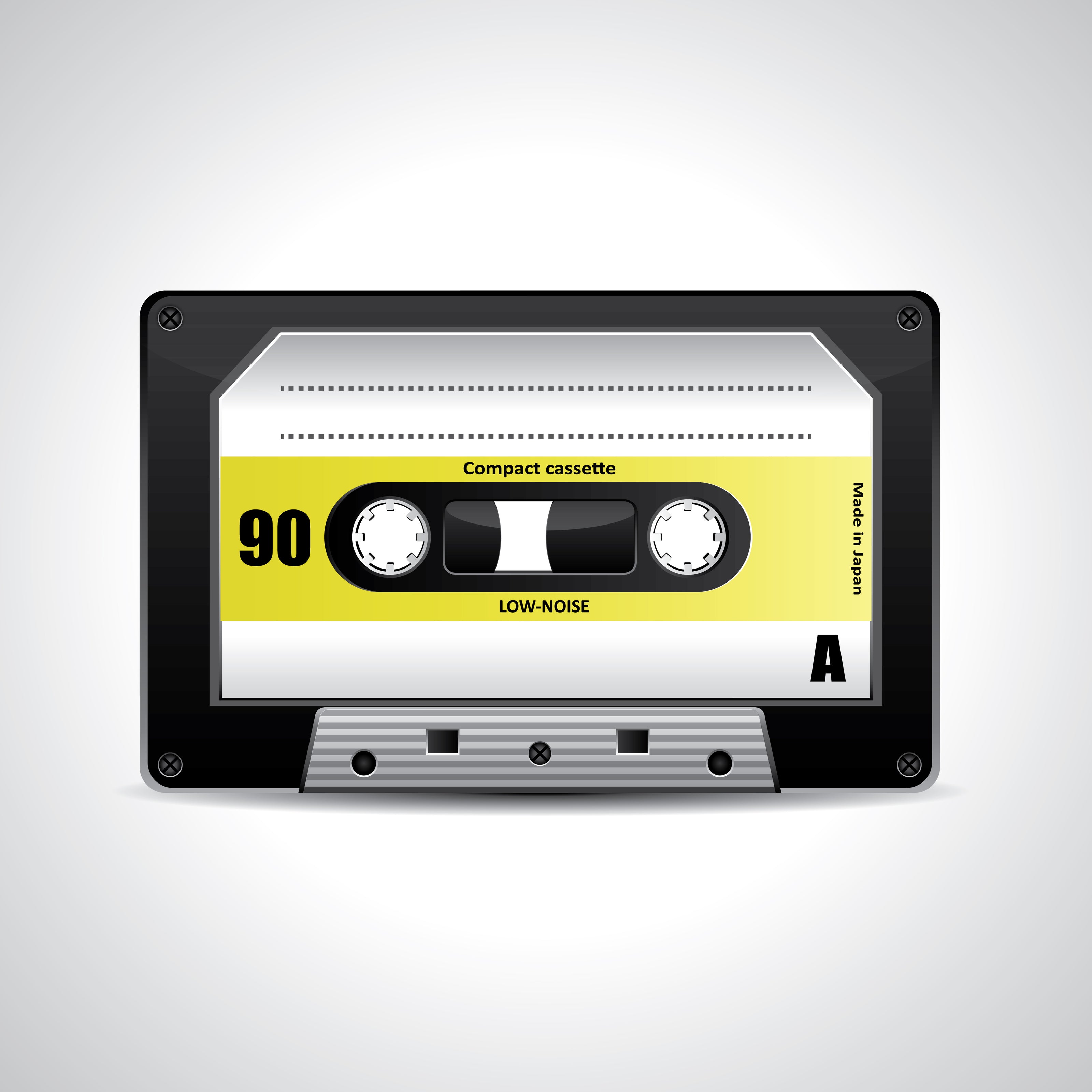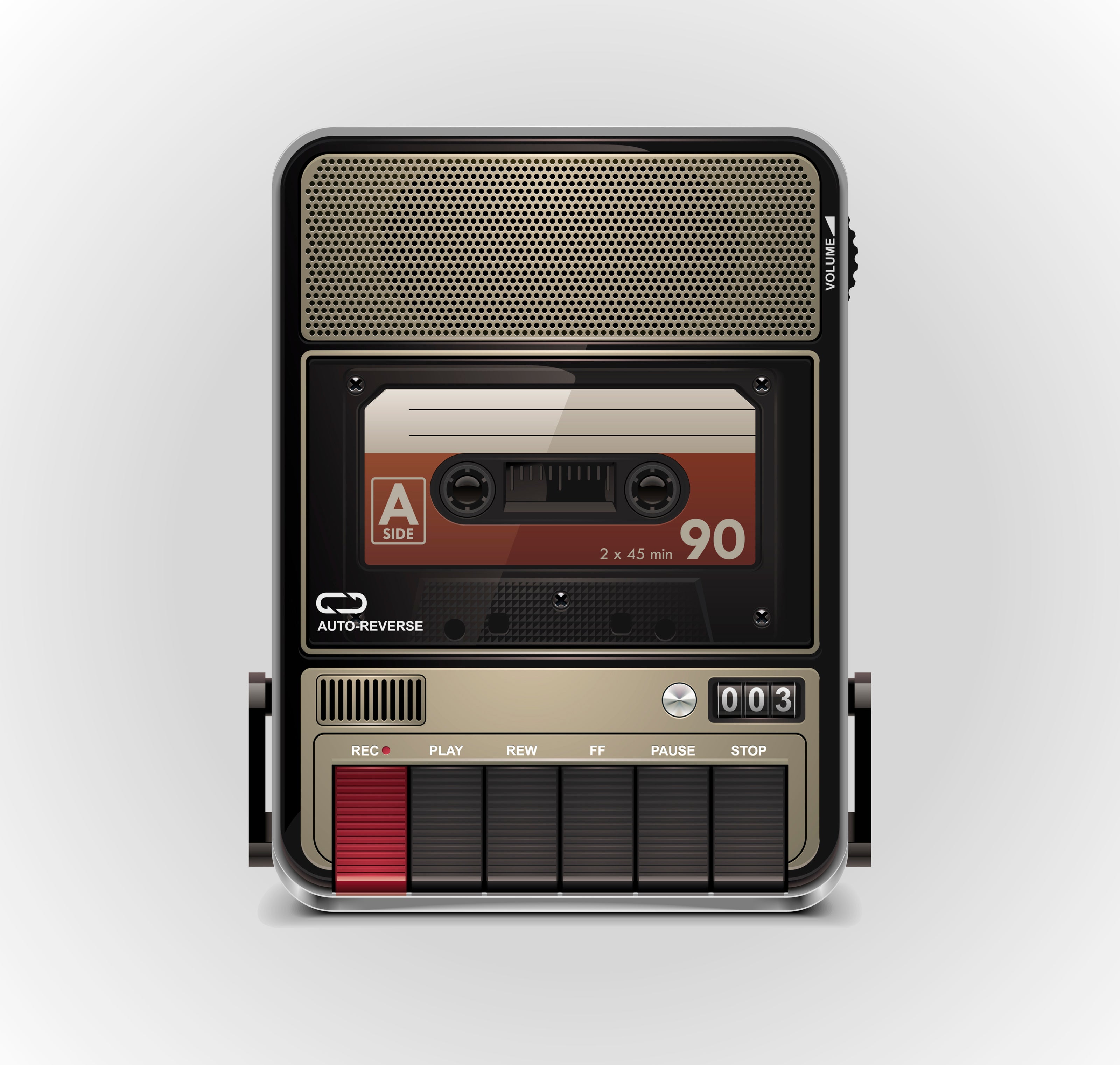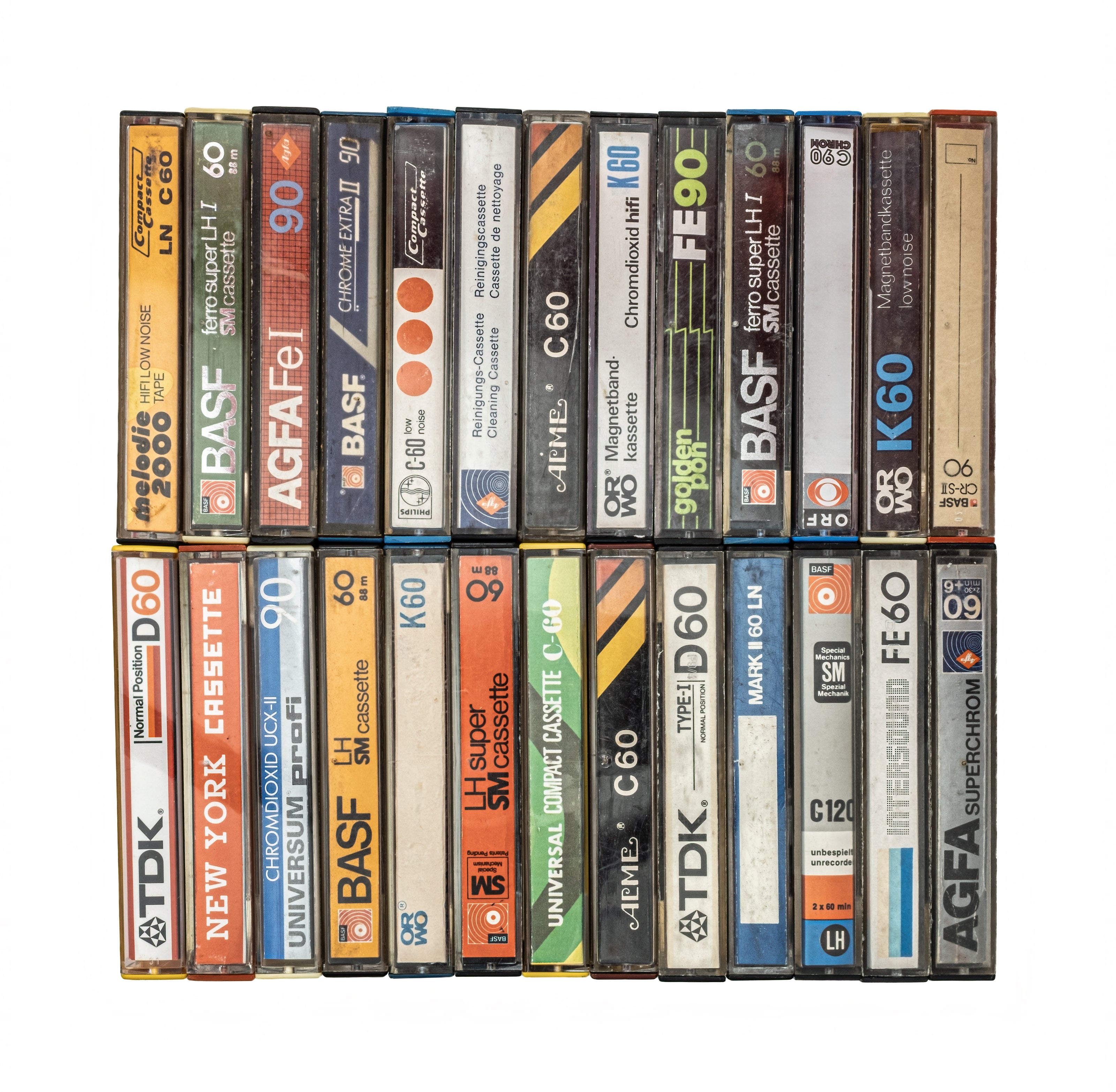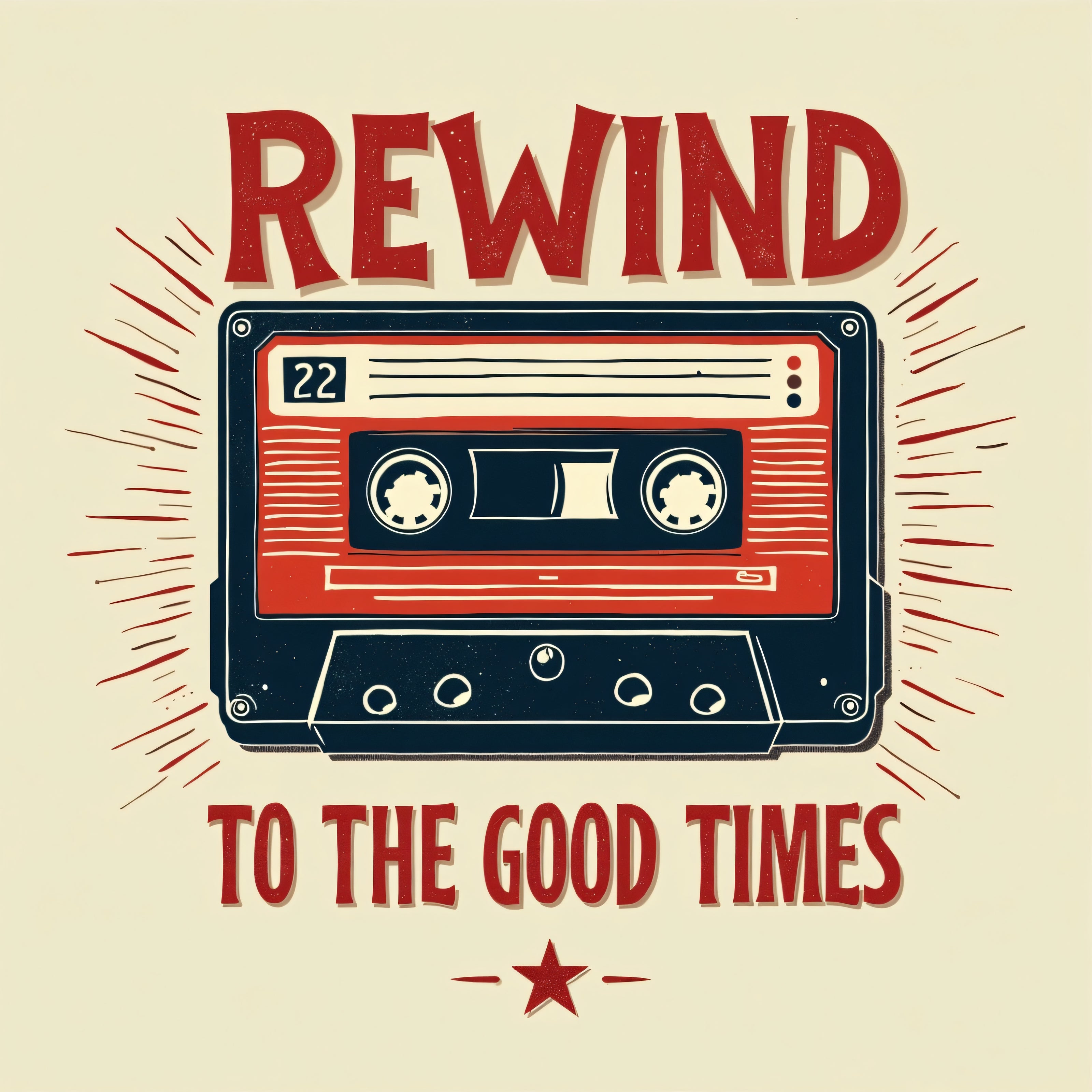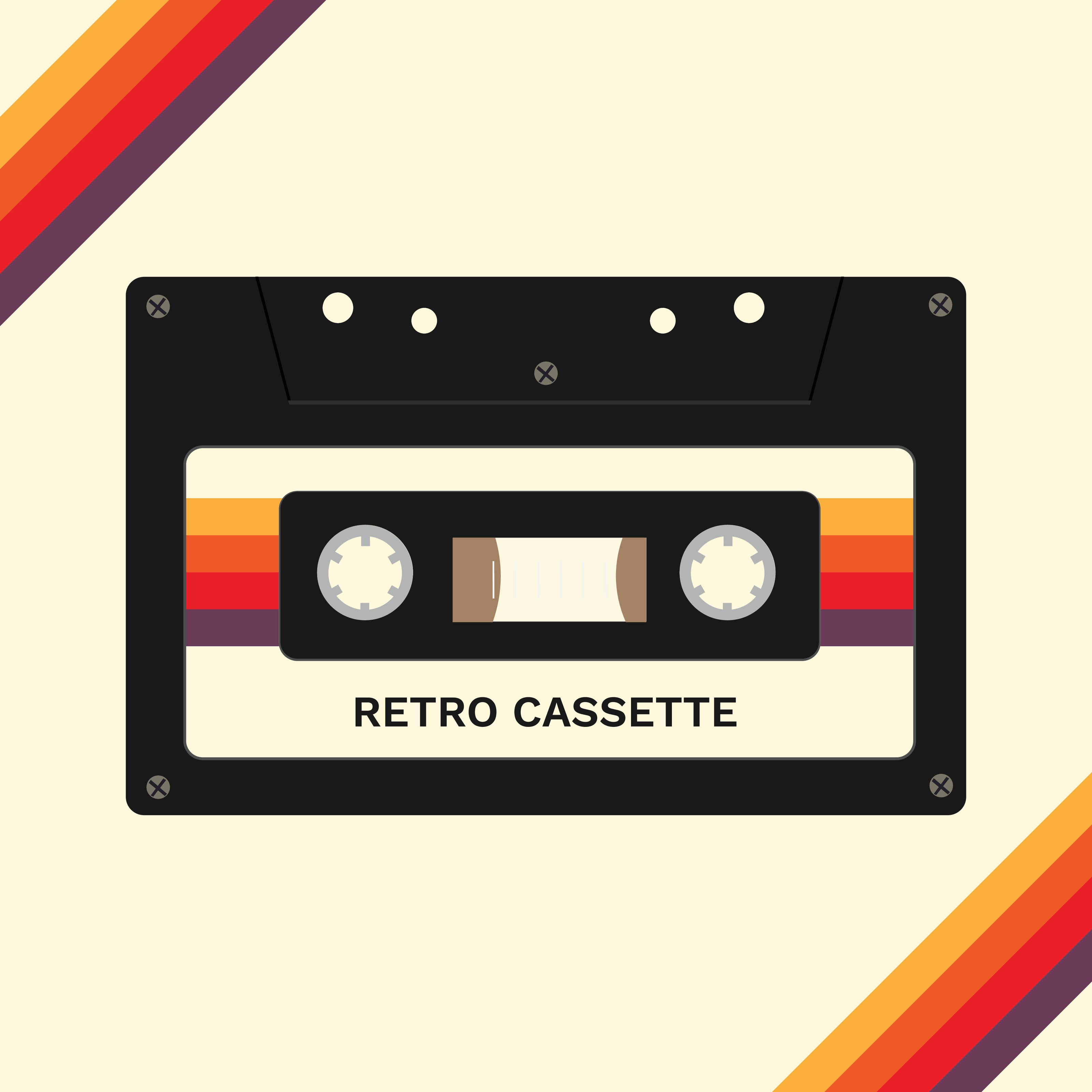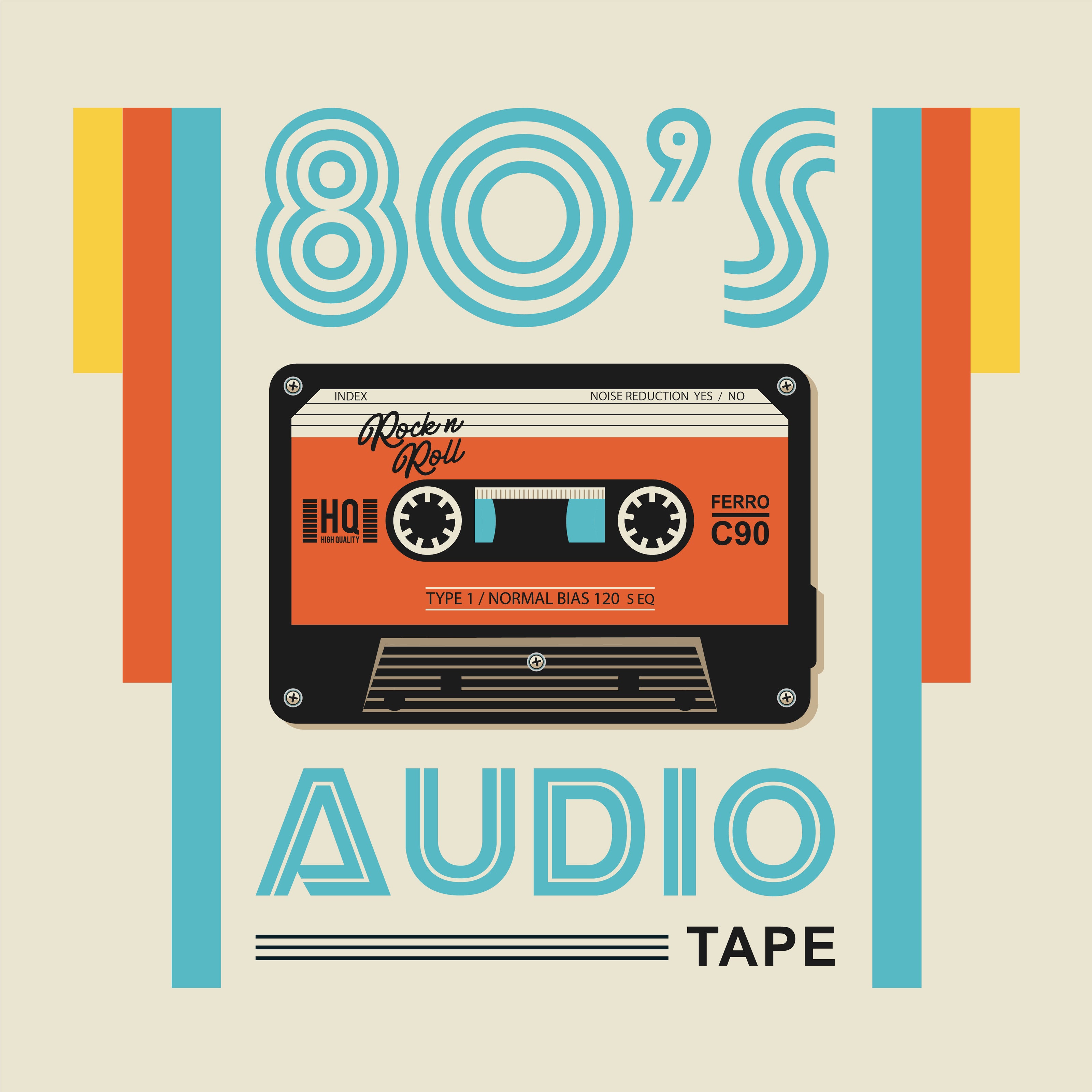
"Rewinding the Soundtrack of Life" 🎶📼
Music Cassettes: The Portable Revolution in Music
Music cassettes transformed the way people listened to and shared music, offering portability, affordability, and personalization like never before. From making mixtapes to collecting albums, cassette tapes became the defining format for music lovers in the 1970s to early 2000s. Even today, these iconic tapes hold a nostalgic charm, representing an era when pressing play meant something special.
The Origins: The Birth of the Compact Cassette
Before digital music and streaming, music was enjoyed through physical formats like vinyl records and reel-to-reel tapes. The compact cassette, introduced by Philips in 1963, changed everything by making audio recording and playback smaller, cheaper, and more convenient.
🔹 Early tapes were designed for voice recordings, but by the 1970s, cassette technology had improved for high-quality music playback.
🔹 The first pre-recorded music cassettes were introduced in 1966, offering an alternative to vinyl records.
🔹 The Sony Walkman (1979) made cassettes the first truly portable music format, allowing people to take their favorite tunes anywhere.
By the 1980s and 1990s, cassettes became the dominant music format, defining a generation of mixtape creators, collectors, and music enthusiasts.
Innovation and Evolution
1. Reel-to-Reel & Early Magnetic Tapes (1940s-1960s):
Before cassettes, music was recorded on large reel-to-reel tape machines, which were bulky and expensive.
🔹 Key Feature: High-quality sound, but large and not portable.
🔹 Impact: Used mainly by professionals in studios and radio stations.
2. The Rise of Compact Cassettes (1960s-1970s):
The compact cassette became a smaller, easier-to-use alternative to vinyl and reel-to-reel.
🔹 Key Feature: Lightweight, portable, and easy to use.
🔹 Impact: Allowed home recording, paving the way for mixtapes.
3. The Walkman & The Mixtape Era (1979-1990s):
Sony’s Walkman made music personal and portable, turning cassettes into a cultural phenomenon.
🔹 Key Feature: Battery-powered personal cassette players with headphones.
🔹 Impact: Gave rise to personalized music experiences and mixtape culture.
4. Boom Boxes & Car Stereos (1980s-1990s):
Larger cassette players with built-in speakers made cassettes the go-to format for street music culture and car audio systems.
🔹 Key Feature: Loud, powerful sound with AM/FM radio integration.
🔹 Impact: Defined hip-hop and pop culture, making music more accessible on the go.
5. High-Quality Tapes & Auto-Reverse Players (1980s-1990s):
Advancements like chrome and metal tapes improved sound quality, while auto-reverse decks eliminated the need to manually flip the tape.
🔹 Key Feature: Better audio fidelity and seamless playback.
🔹 Impact: Made cassettes a more serious competitor to vinyl and CDs.
6. The Decline & Revival (2000s-Present):
With the rise of CDs (1990s) and MP3 players (2000s), cassette sales declined. However, a retro revival has brought cassettes back into limited edition releases and collector markets.
🔹 Key Feature: Analog nostalgia and limited-edition reissues.
🔹 Impact: Music lovers and collectors are rediscovering the warm, lo-fi charm of cassettes.
Cultural Impact and Usage
Cassette tapes weren’t just about music—they were a form of self-expression and storytelling.
🎵 Mixtape Culture: Making mixtapes was a way to share feelings, create soundtracks, and show appreciation for loved ones.
🎧 Personal Listening: The Walkman allowed people to enjoy music privately for the first time.
📻 Radio Recording: Many music lovers recorded their favorite songs from the radio, curating their own playlists before streaming existed.
🎶 Hip-Hop & DIY Music Scene: Cassettes allowed independent artists and DJs to distribute music affordably.
Interesting Facts About Music Cassettes
📼 The first cassette album released was "The Mercury Living Presence Series" (1966).
📼 In 1983, cassette sales surpassed vinyl records for the first time.
📼 Some rare cassette tapes, like early demo tapes from famous artists, are now worth thousands of dollars.
Why Music Cassettes Matter Today
Despite digital dominance, cassettes are making a retro comeback, offering a tangible, personal music experience that streaming lacks. Collectors, musicians, and nostalgia seekers continue to embrace the format for its unique sound, physicality, and sentimental value.

